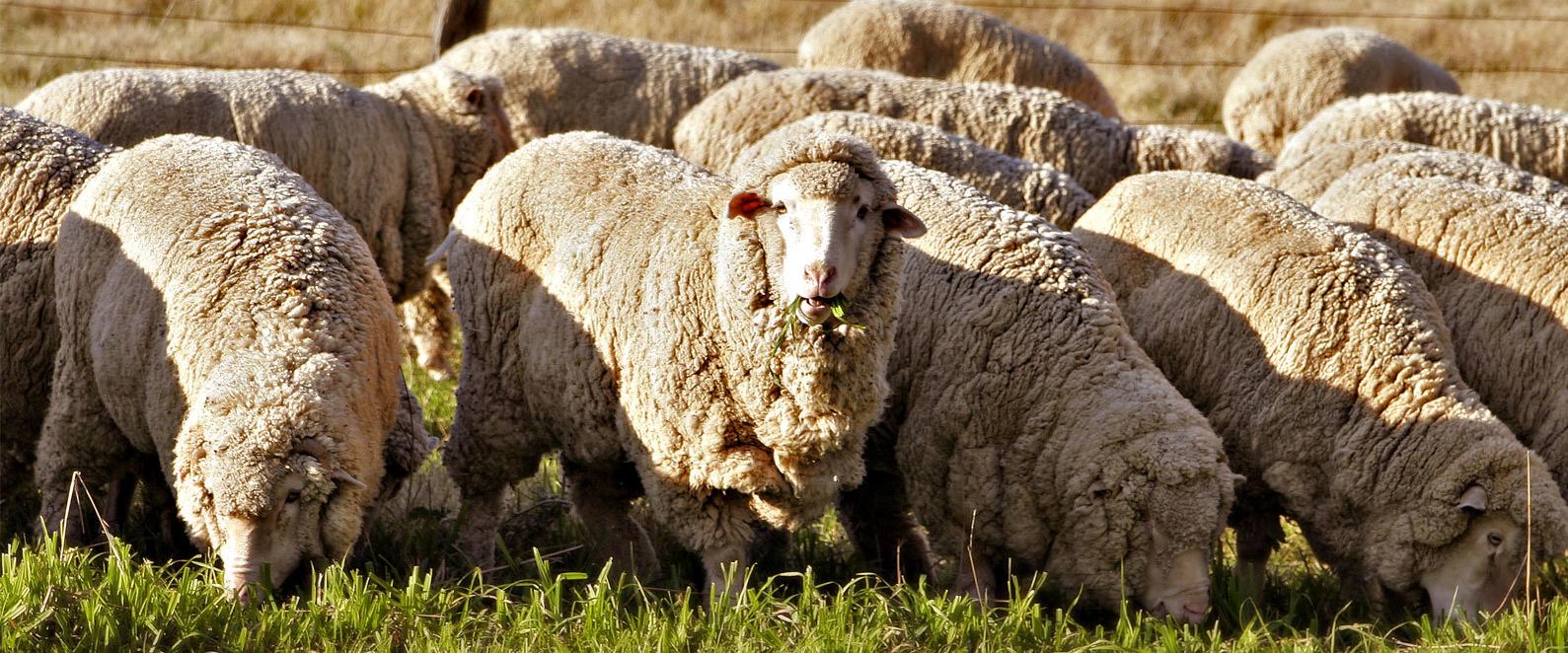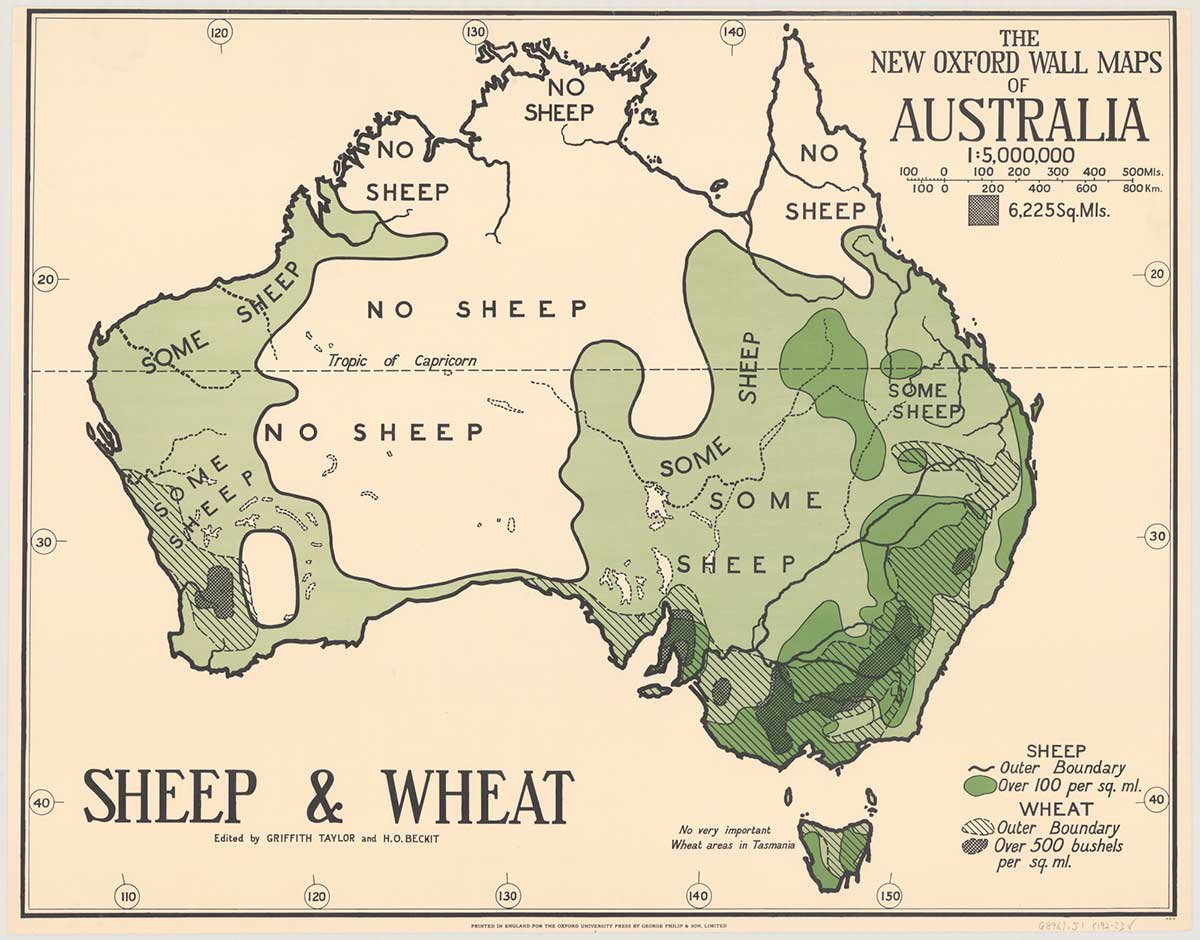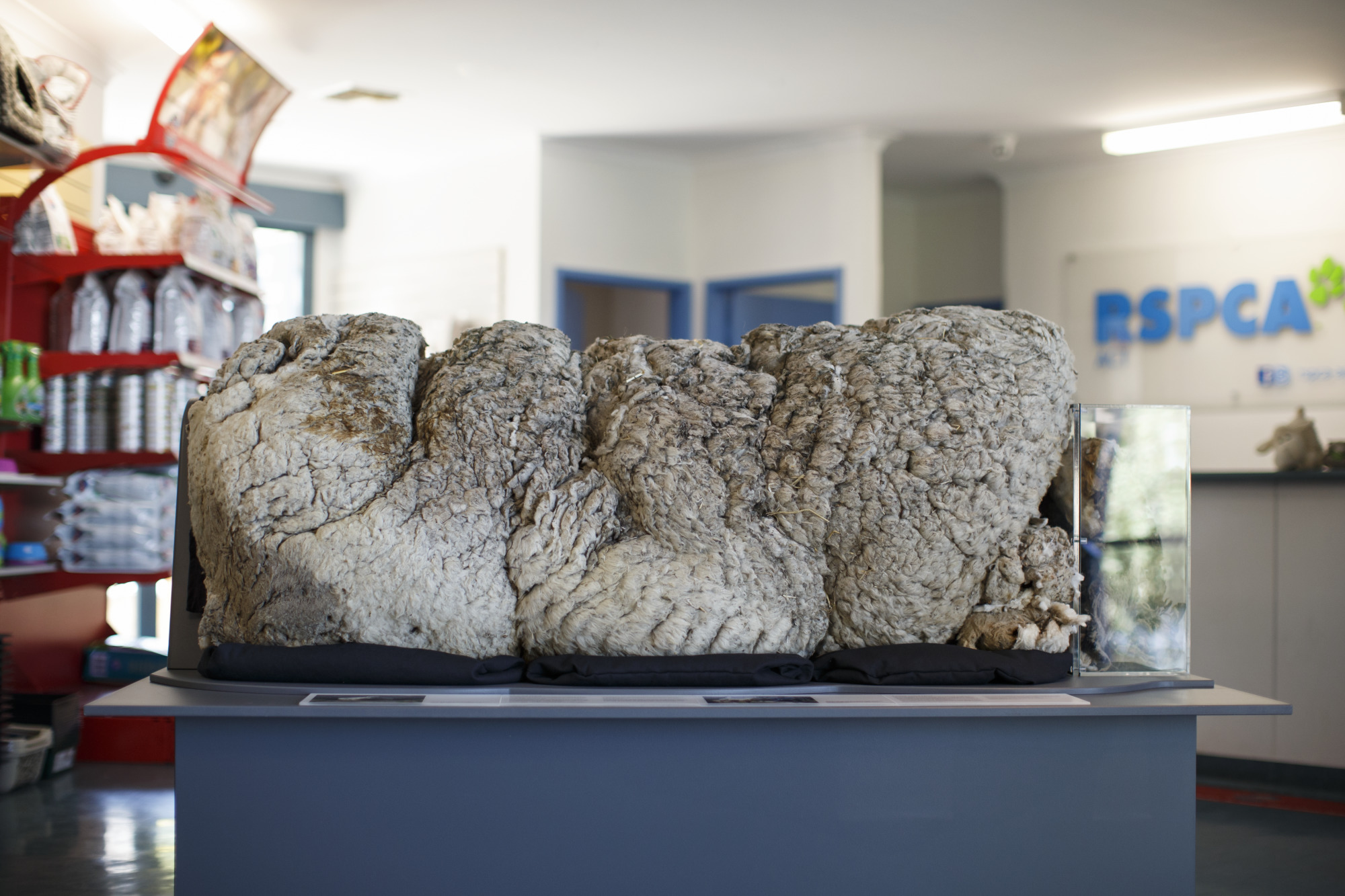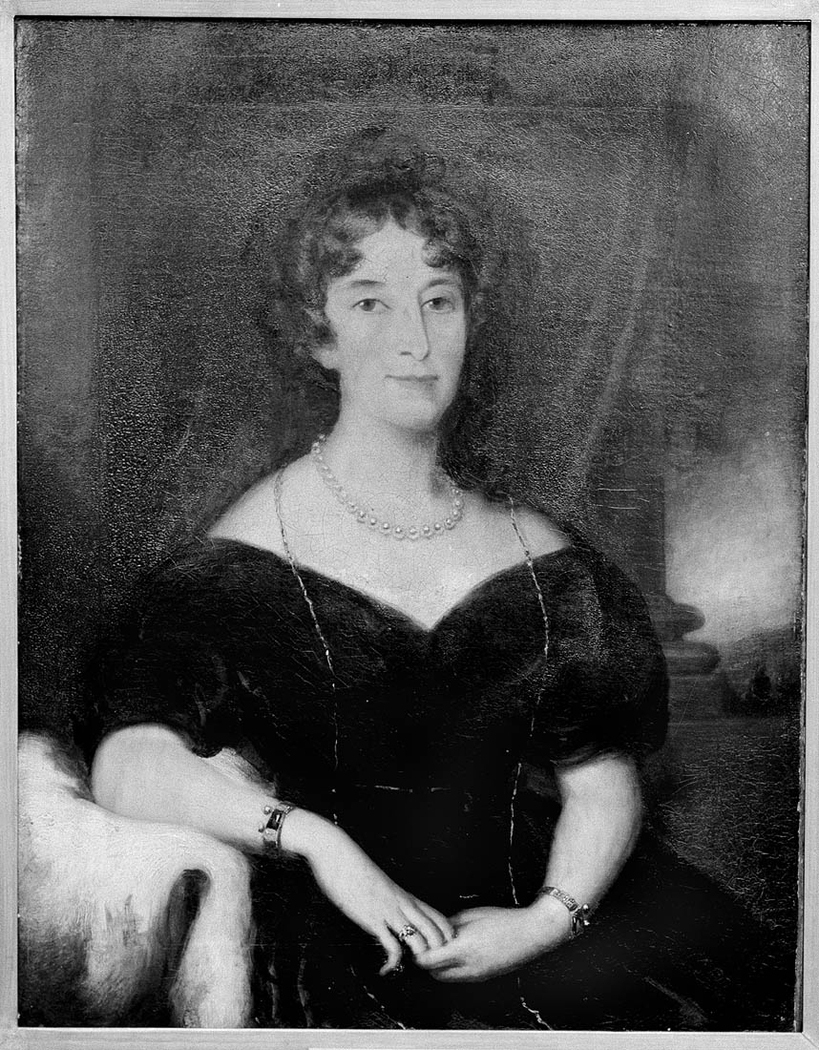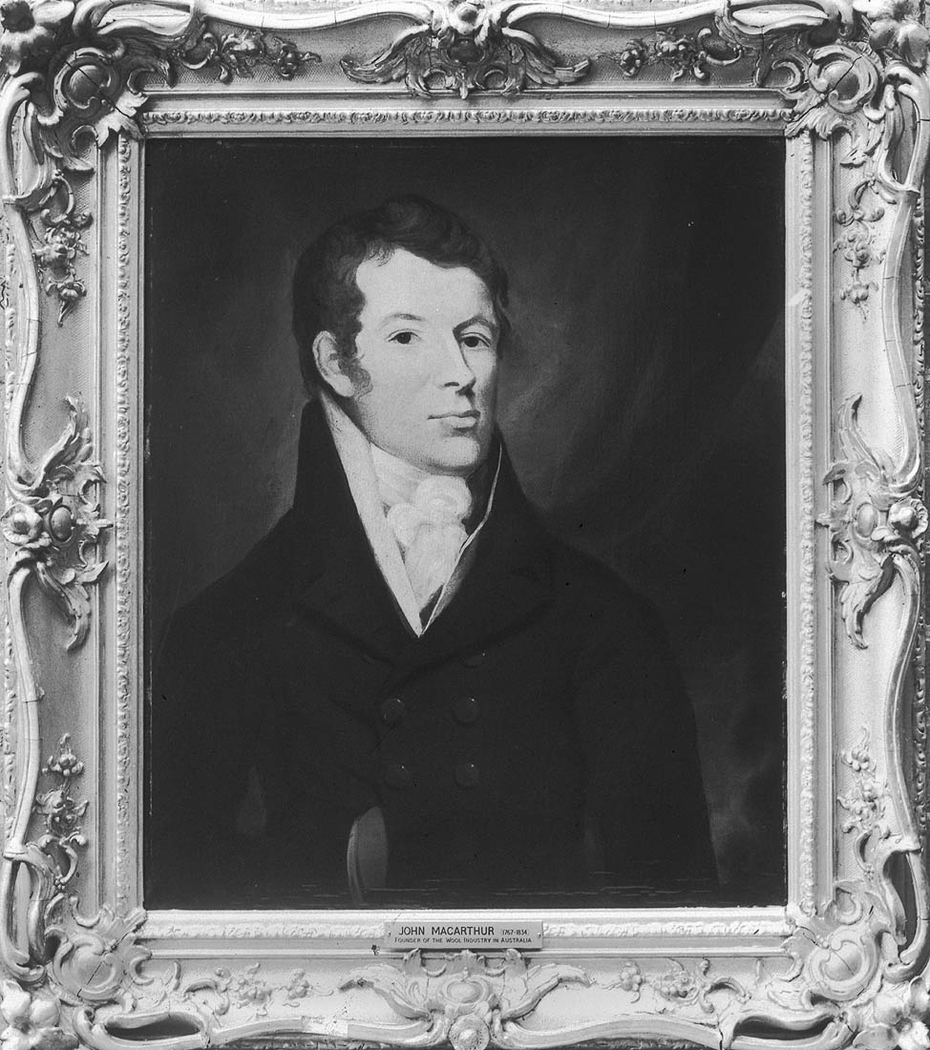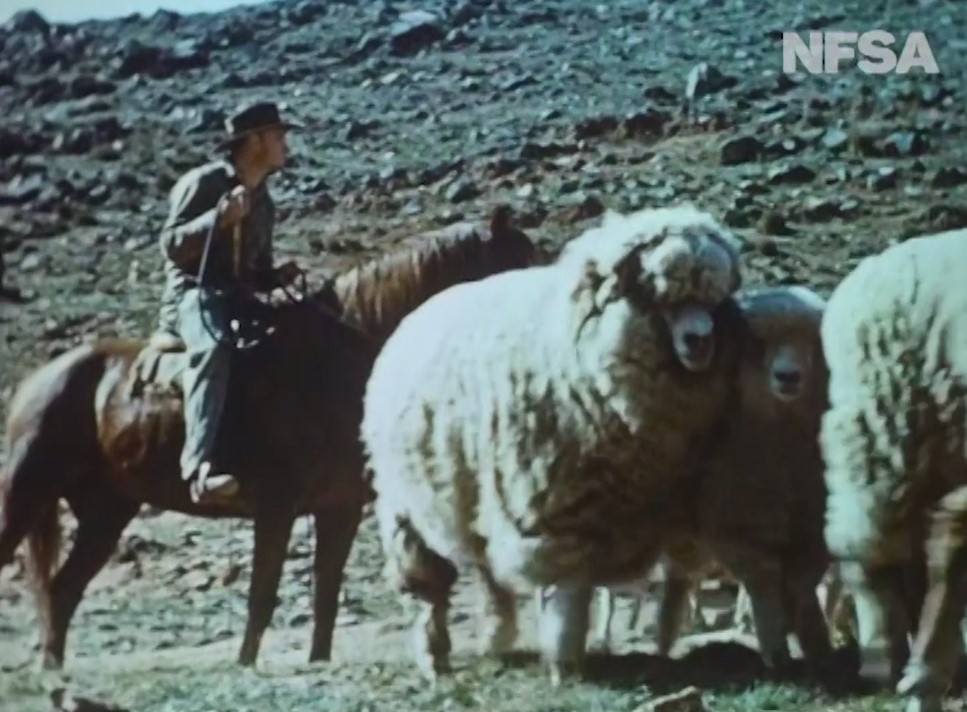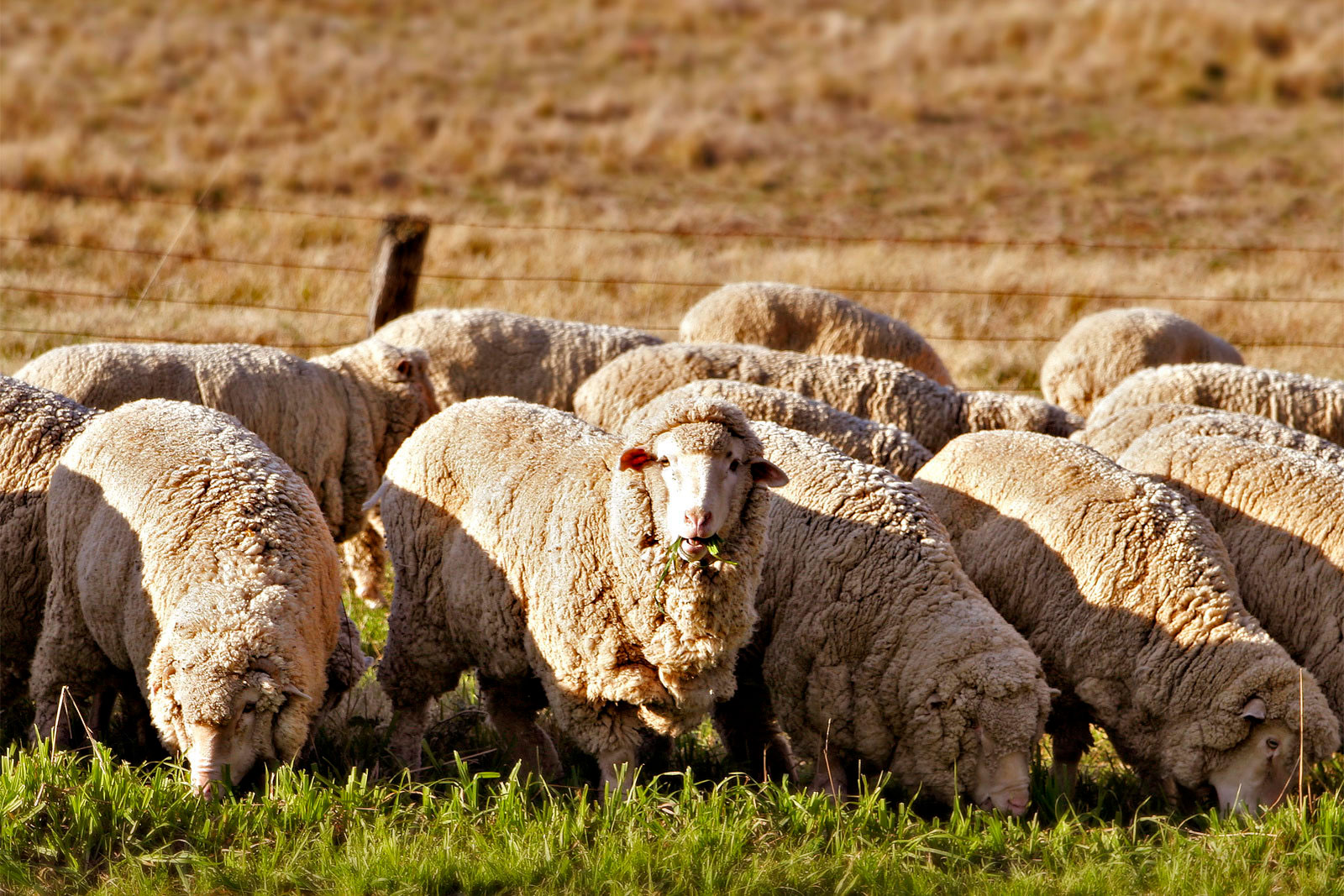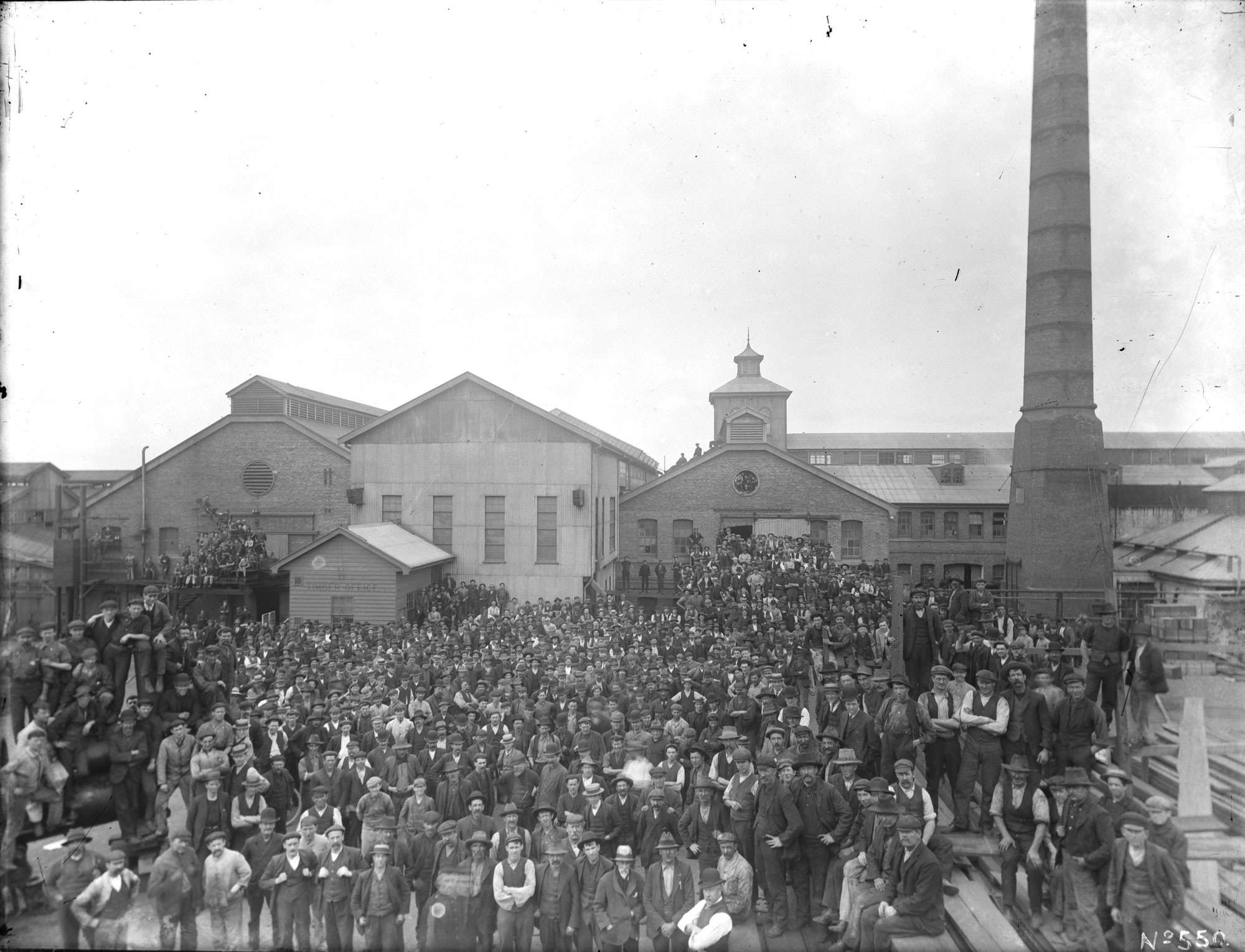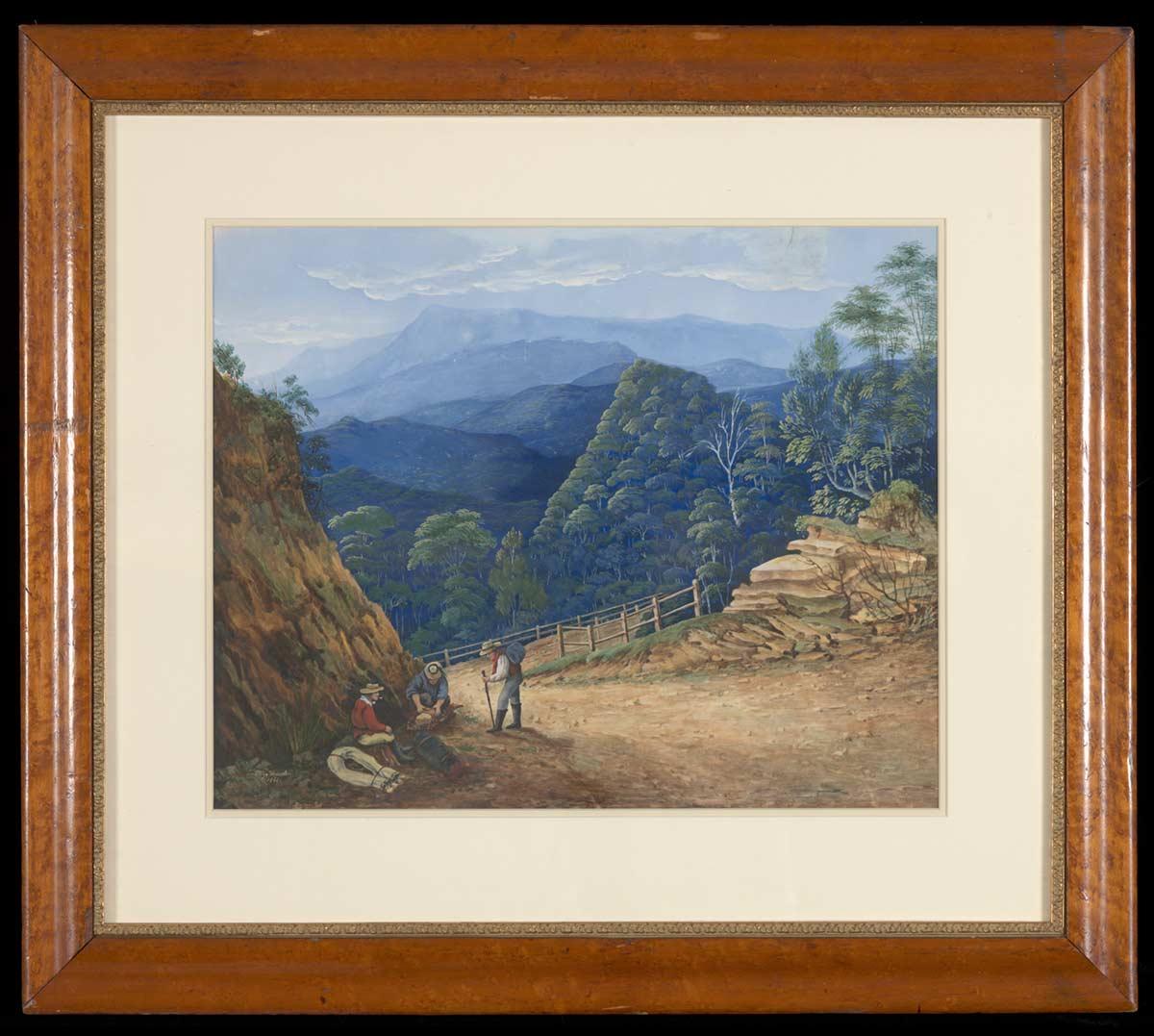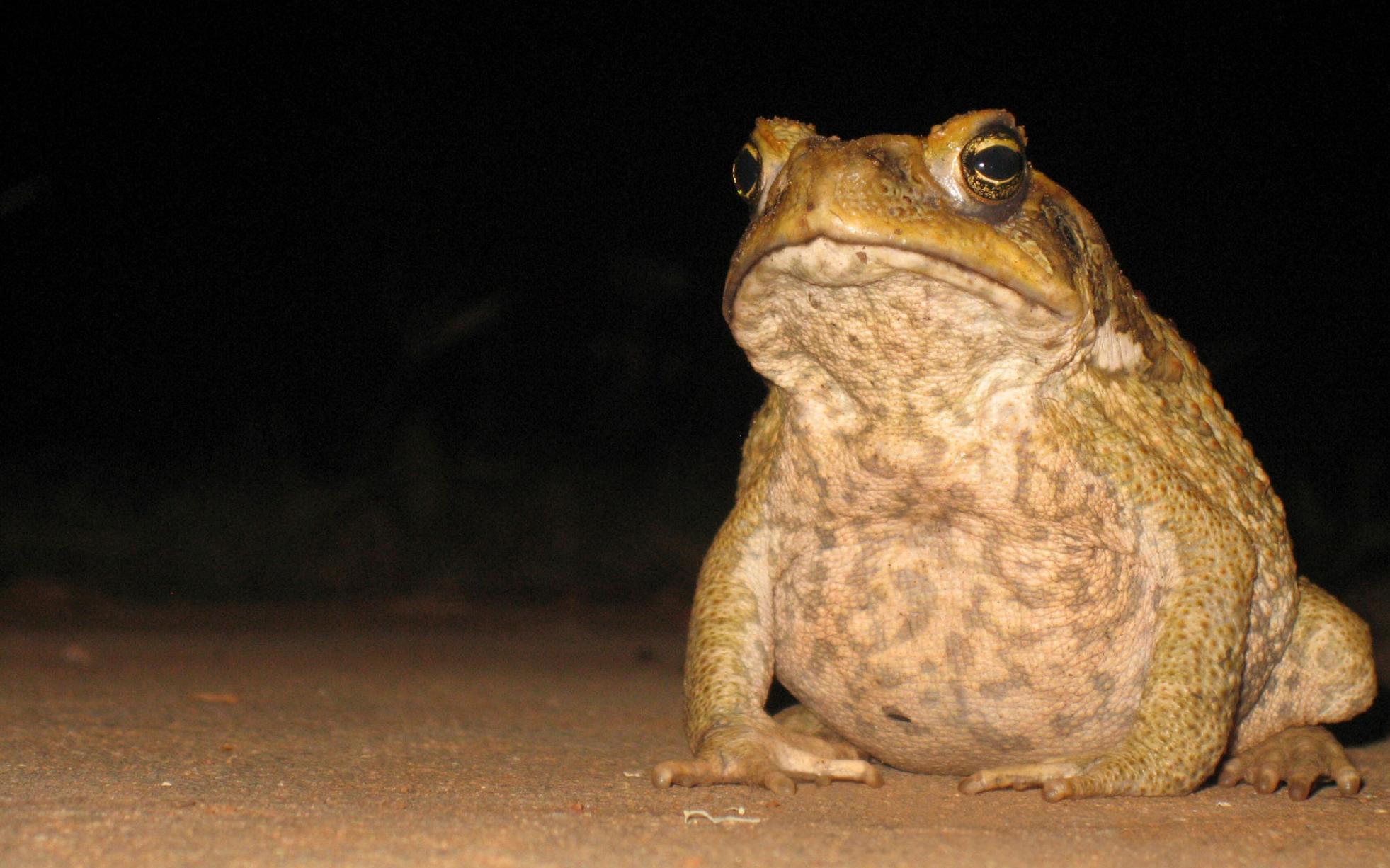On the sheep’s back
1797: Introduction of the merino sheep to Australia
On the sheep’s back
1797: Introduction of the merino sheep to Australia
In a snapshot
In 1797 the first merino sheep were brought by ship to Australia. Unlike other breeds of sheep, this Spanish variety was well suited to the Australian environment and was an excellent wool producer. By the late 1800s wool had become Australia’s major export. In the first two decades of the 21st century, Australia still produced more than half the world’s merino wool.
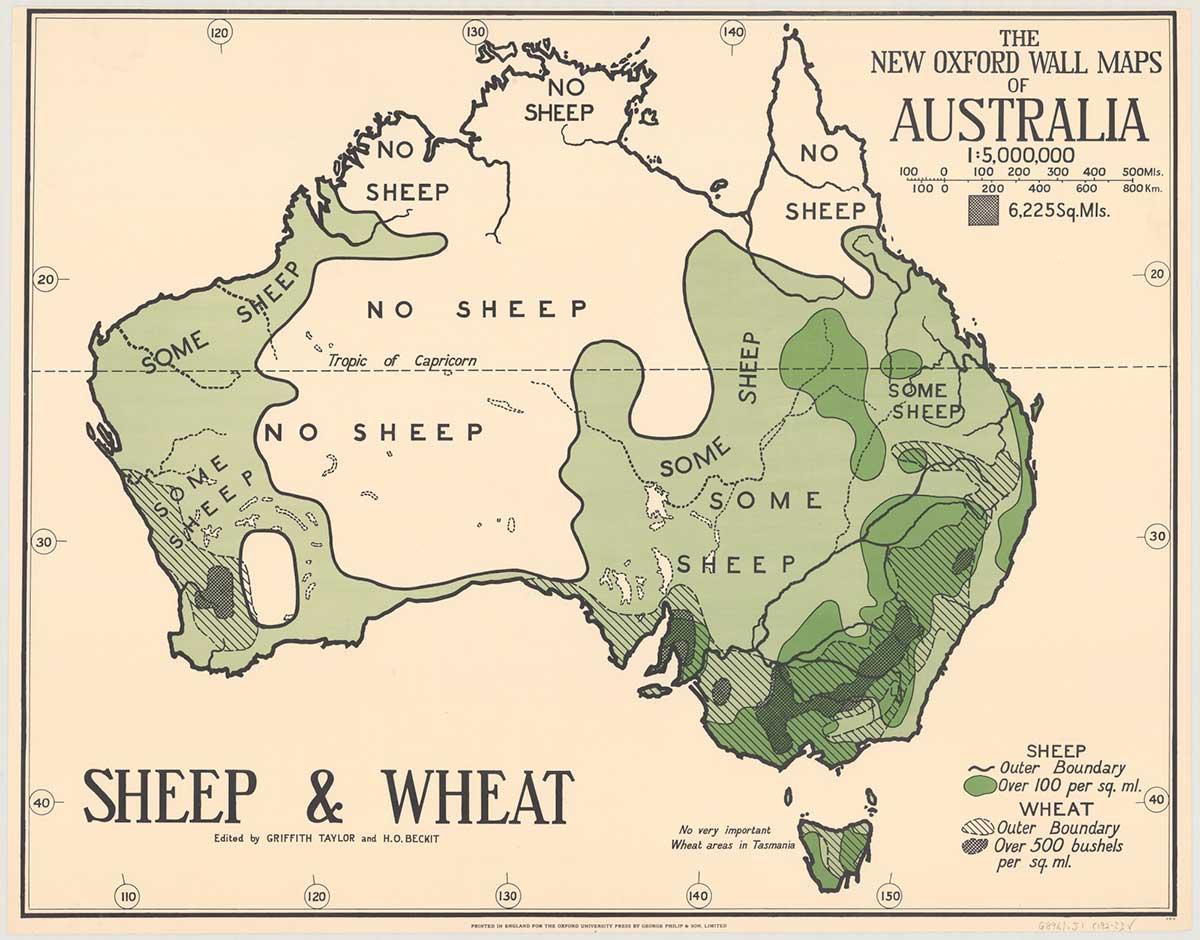
 Can you find out?
Can you find out?
1. Where did merino sheep come from? Why were they brought to Australia?
2. Who were the Macarthurs? Why were they important in the growth of the Australian sheep industry?
3. What part have sheep played in the growth of Australia’s economy? Are they still important today?
When did the first sheep come to Australia?
The first sheep arrived in Australia with the First Fleet in 1788. They were fat-tailed sheep used for their meat. But they were not well suited to the Australian environment and did not produce good-quality wool.
‘Each officer ha[d], on his own account, given up during the passage the comforts of his accommodation on board and filled them with such animals as their respective cabbins [sic] were capable of taking in. This, altho’ a private consideration, is nevertheless a public benefit to the colony, and is much to be commended.’
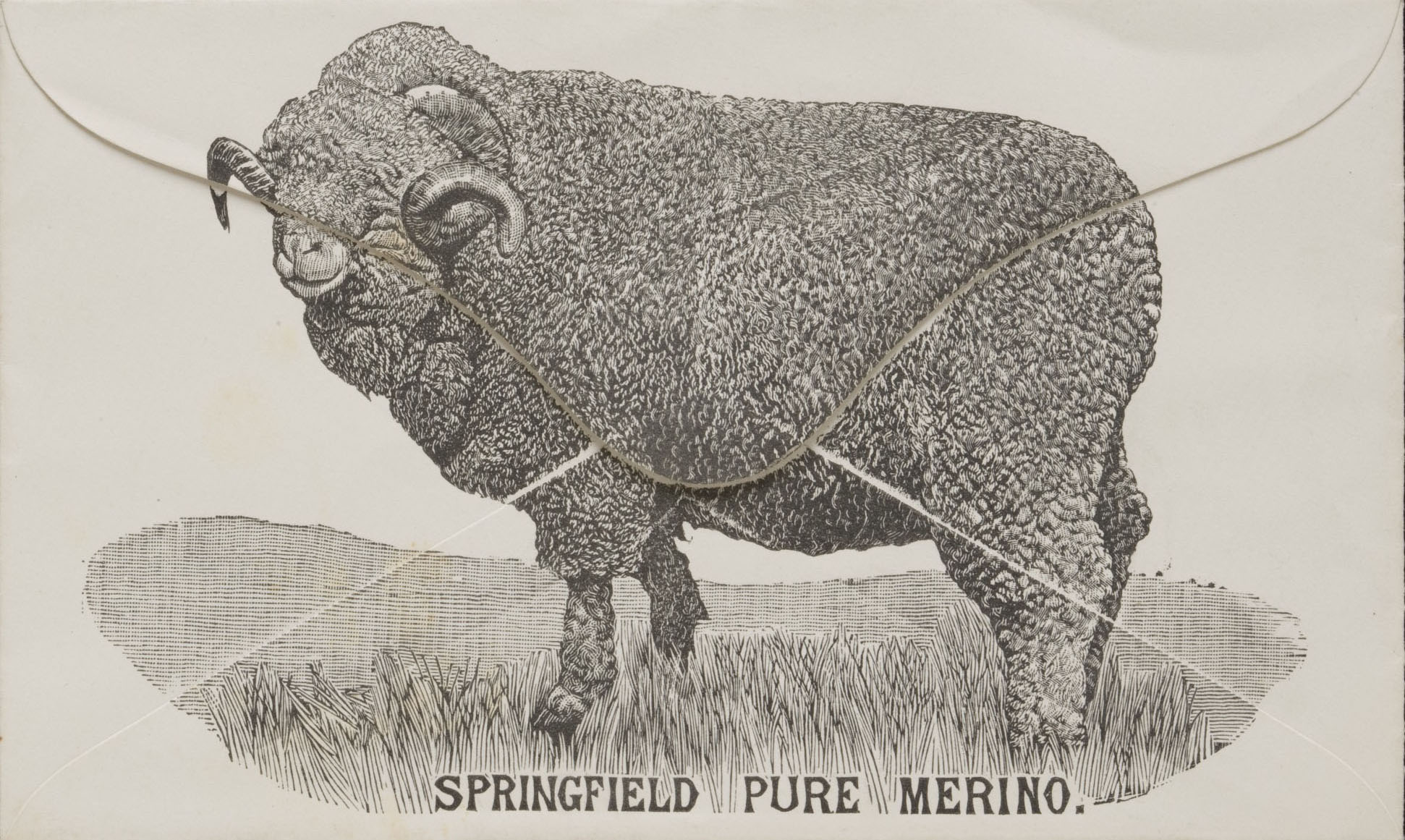
Where did merinos come from?
In 1797 Captain Henry Waterhouse and Lieutenant William Kent brought the first flock of 26 merino sheep to Australia. Merino sheep originally came from Spain, where they were carefully bred for their fine, soft wool. Waterhouse and Kent bought their flock at the Cape of Good Hope in southern Africa. More than half of the sheep died during the long sea journey to Port Jackson.
After they arrived in Australia, Captain Waterhouse grazed the surviving merinos at his property on the Parramatta River. He kept the flock separated from his other sheep, to make sure they could breed only with one another. As his flock grew, Waterhouse sold and gave away some of his sheep to Lieutenant Kent, the Reverend Samuel Marsden, Captain Thomas Rowley, William Cox and Captain John Macarthur.
Research task
Find out what a shearer is and what role they have played in the Australian sheep industry.
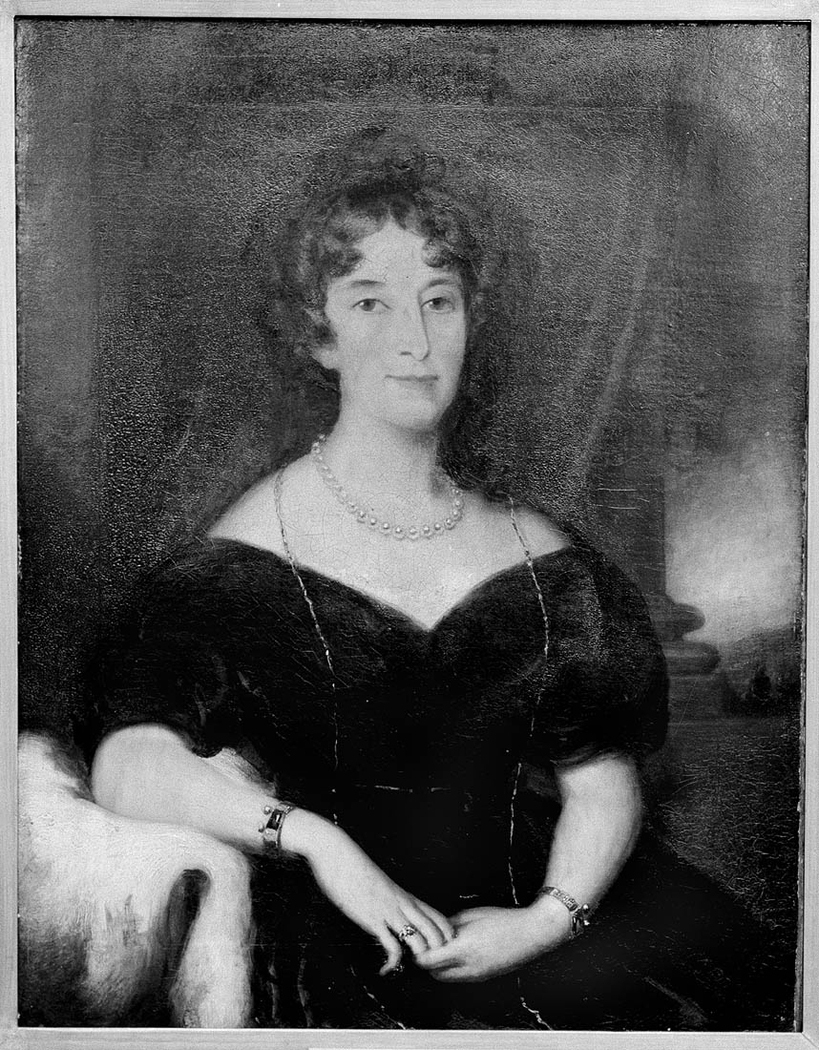
Who were the Macarthurs?
Captain John Macarthur was an important and powerful person in the colony of New South Wales. He was the Paymaster of the New South Wales Corps and Inspector of Public Works. In the 1790s he had been granted 200 acres of land at Parramatta. He controlled much of the colony’s resources and could use as much convict labour as he wanted.
After they received some merino sheep from Waterhouse, Captain Macarthur and his wife, Elizabeth, worked together to expand their flock. By 1803 they had bred 4000 merino sheep.
Between 1801 and 1817, Macarthur was away from the colony and his farm for two long periods of time. His wife, Elizabeth, and nephew, Hannibal, managed the merino flock and wool production while he was away. In 1807 the Macarthurs sent the first bale of Australian wool to England for sale.
In later years, the Macarthurs bred their flock with other merinos from around the world to make sure their sheep stayed healthy. They produced high-quality wool, which began to compete with wool in Europe. By the late 1800s wool was Australia’s main export.
How well has the wool industry fared in Australia?
The wool industry has been an important part of the Australian economy for 200 years, but has been through a series of boom and bust cycles.
Wool farmers were badly affected by the Federation Drought (1895–1902). Many sheep died, and it took decades for the industry to recover. The industry was boosted during the First and Second World Wars, as there was an increase in demand for wool to create uniforms and blankets for soldiers. But, in the second half of the 1900s, wool struggled to compete with the mass production of synthetic fibres.
Slowly the wool industry has rebuilt itself. In 2020, Australia had less than 10 per cent of the world’s sheep population, but produced more than 50 per cent of the world’s fine-quality merino wool.
Read a longer version of this Defining Moment on the National Museum of Australia’s website.
Research task
In 2015 an Australian merino sheep named Chris broke a world record. Find out which record he broke and how this came about. Hint: the National Museum of Australia holds an item related to Chris’s record.
 What did you learn?
What did you learn?
1. Where did merino sheep come from? Why were they brought to Australia?
2. Who were the Macarthurs? Why were they important in the growth of the Australian sheep industry?
3. What part have sheep played in the growth of Australia’s economy? Are they still important today?






